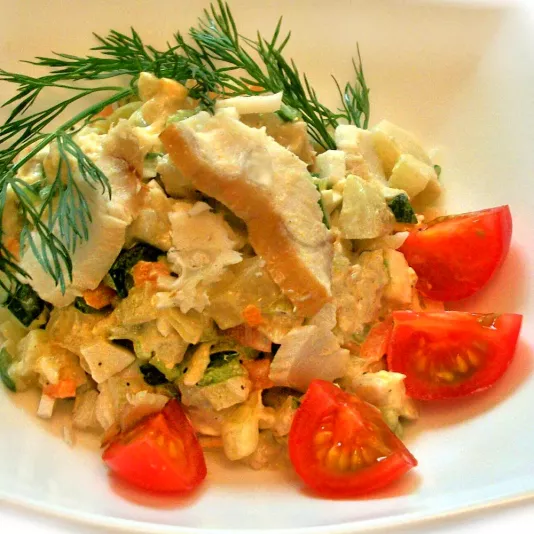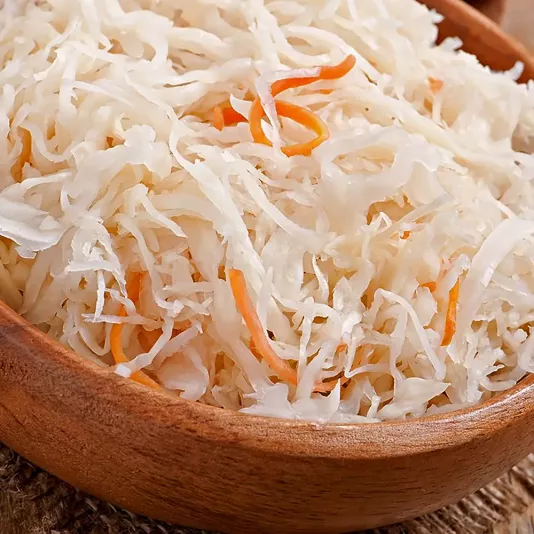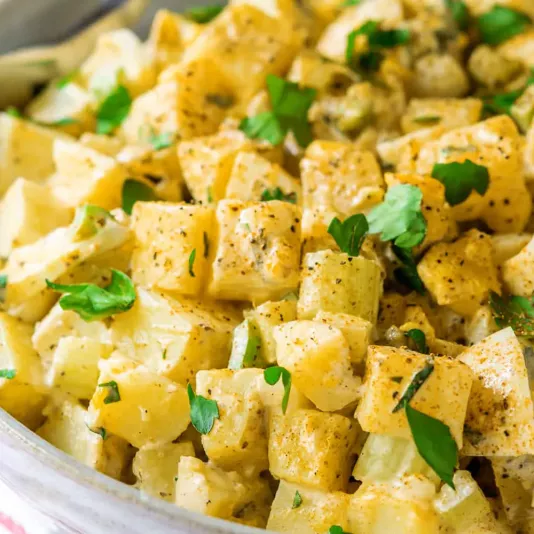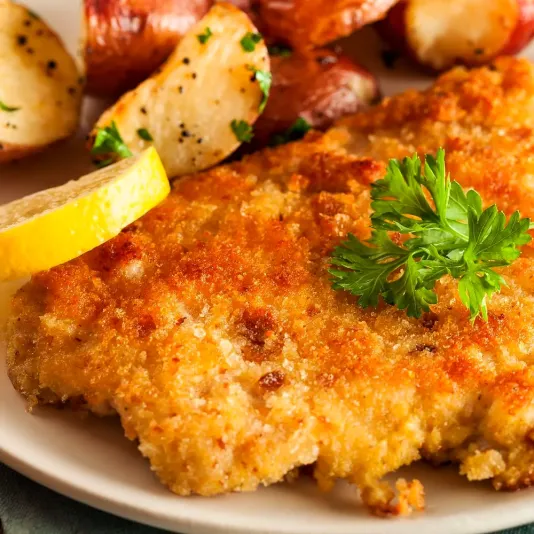German Cuisine
German cuisine has a deep history in which regional traditions and seasonality are closely intertwined. In the southern regions, hearty dishes made with meat, cream, and potatoes prevail, while in the north, fish, sauerkraut, and rye bread are more common. Over the years of cooking, I’ve realized that the essence of this cuisine lies in respect for the process. It doesn’t tolerate haste but rewards with consistent results. The flavor of German dishes unfolds through the right balance of fat, salt, and acidity. For me, it’s not just a collection of recipes but a way to understand harmony between ingredients and time. I always recommend cooking slowly, allowing the ingredients to reveal themselves fully. This is a cuisine where every detail matters, and sincerity in preparation becomes the main secret of success.
Recipes of German Cuisine
German cuisine is not just about sausages and sauerkraut. In my experience, it revealed itself as diverse, generous, and practical. Everything is based on the principle of balance: fatty flavors are always balanced by sour ones, and rich ones by neutral. Meat plays a key role, especially pork, which Germans know how to cook with astonishing precision. For example, schnitzel requires not just breading but a fine understanding of texture: the meat must be tender but not watery. Over the years, I’ve learned to find the perfect frying moment – when the crust just begins to crisp, but the juice inside hasn’t been lost. This approach is typical of most German dishes: attention to detail and respect for technique. Even simple potatoes become special when served in harmony with a soft sauce or creamy gravy. German cuisine is not about complexity – it’s about stability and confidence, which I feel every time I prepare traditional dishes.
Main Ingredients and Cooking Principles
In German culinary tradition, seasonal and accessible ingredients dominate. Potatoes, cabbage, pork, onions, and grains form the base of most dishes. I always follow the principle: everything must be fresh and properly handled. For example, cabbage for stewing should not be sliced too thinly so it retains its texture and doesn’t turn to mush. Pork should be fried over medium heat so the fat slowly renders while the meat remains juicy. Such details create true flavor. It’s also important not to overload with spices – German cuisine relies on the natural aroma of ingredients. Often, salt, black pepper, and nutmeg are enough. In my practice, I’ve noticed that proper temperature and sequence matter more than duration. If you give the dish time to unfold, even simple stewed cabbage becomes a harmonious complement to any meat.
Meat Dishes in German Cuisine
Germans treat meat with special respect. I felt it during my culinary training when I realized that the quality of meat defines the whole dish. For example, schnitzel requires a tenderloin without veins, and ribs – meat with a thin layer of fat. Sausages, of which there are more than fifteen hundred types in Germany, require precision in proportions and smoking technique. In my practice, I always use natural casings and avoid excessive spices to preserve the characteristic aroma. Special attention deserves the pork knuckle, which is slowly baked until a crispy crust forms. Success depends on the correct temperature – about 180°C (356°F) and constant moistening with gravy. I always control the degree of doneness because overcooked meat doesn’t forgive mistakes. Such discipline builds confidence, and the result is tender, juicy meat with a deep flavor that’s unlike any other.
Pastries and Desserts
In German cuisine, baking holds a special place. I’ve always enjoyed watching how something genuine is born from simple ingredients – flour, eggs, butter, and sugar. Traditional pies, strudels, and gingerbread have their own rhythm and temperature. For example, yeast dough must be rested long enough for gluten to develop; otherwise, the pastry will be dense. For strudel, it’s essential to roll the dough so thin that you can see the cloth beneath it. Over the years, I’ve learned to understand dough “by touch” – when it’s elastic yet obedient, you can be sure the result will be right. The baking temperature for most products is around 180°C (356°F), and I never open the oven earlier than twenty minutes in. This simple rule prevents the dough from collapsing. Sweets in German cuisine are not overly sugary – that’s their charm: every flavor is balanced and natural.
Secrets of Successful Cooking
Success in German cuisine is defined by precision. Over the years, I’ve learned that even the simplest dish requires attention to detail. It’s important to control temperature, follow the sequence, and not shorten cooking time. For example, stewing meat always requires slow heating so the fibers gently separate and the sauce thickens naturally without added starch. Equally important is the quality of ingredients: fresh meat, firm potatoes, aromatic spices. I always use natural ingredients because they create the true taste. Another secret is patience. You shouldn’t rush – time itself reveals the depth of flavor. For me, German cuisine is a school of precision, where every step matters. And when a dish turns out exactly right – with a rich aroma and harmonious taste – I feel that everything has been done properly.




